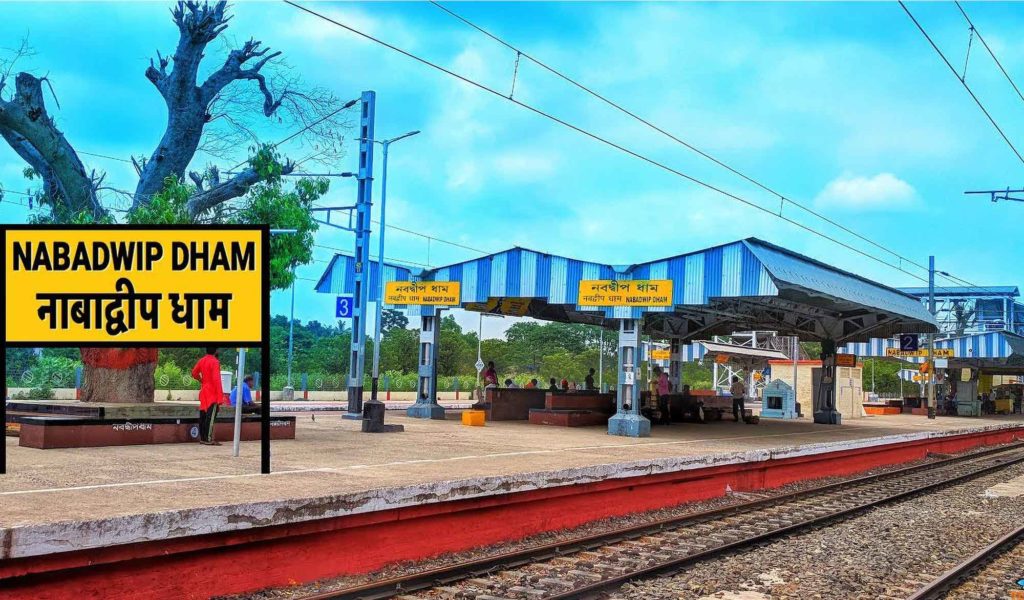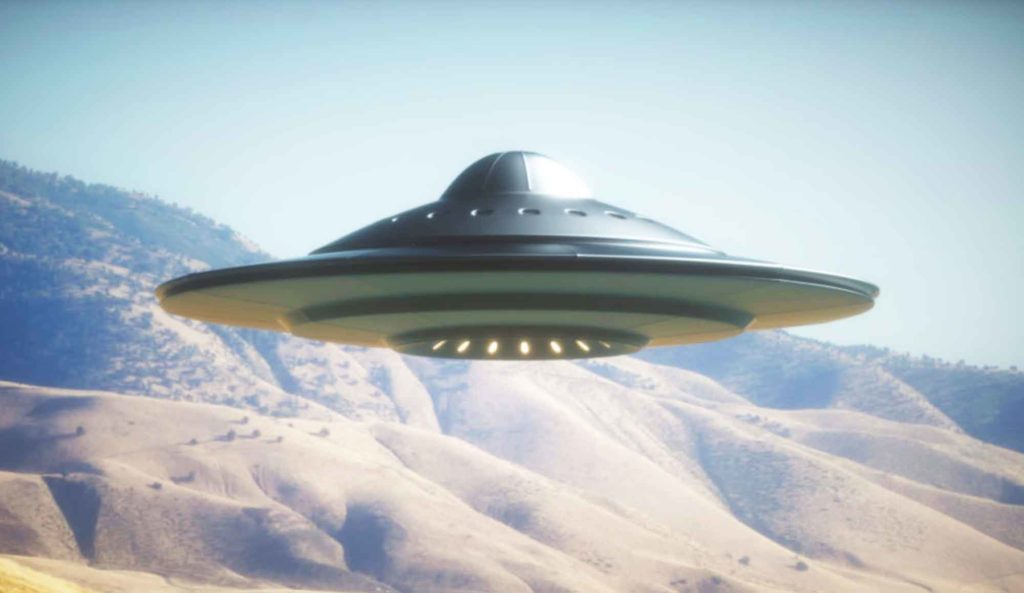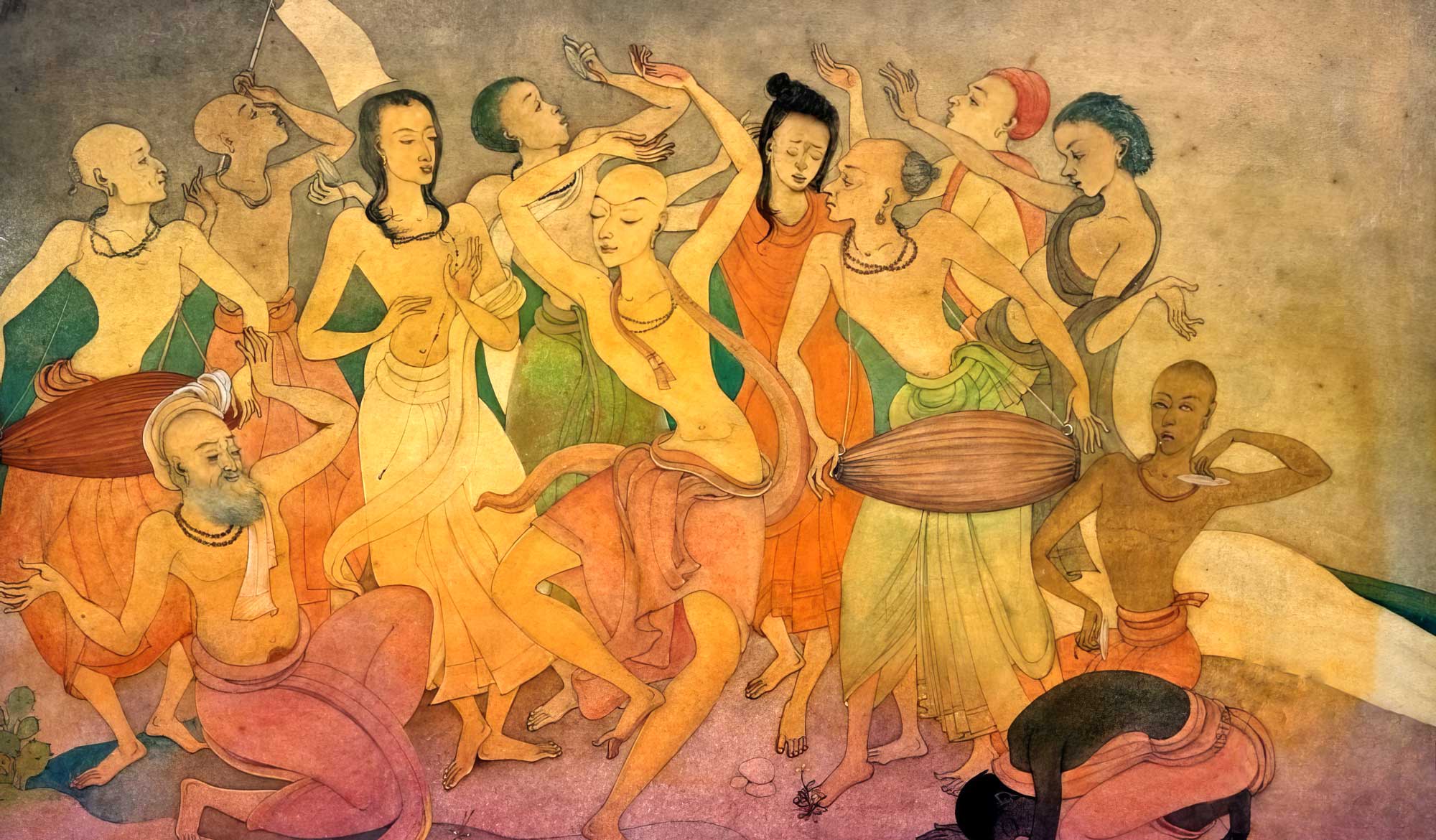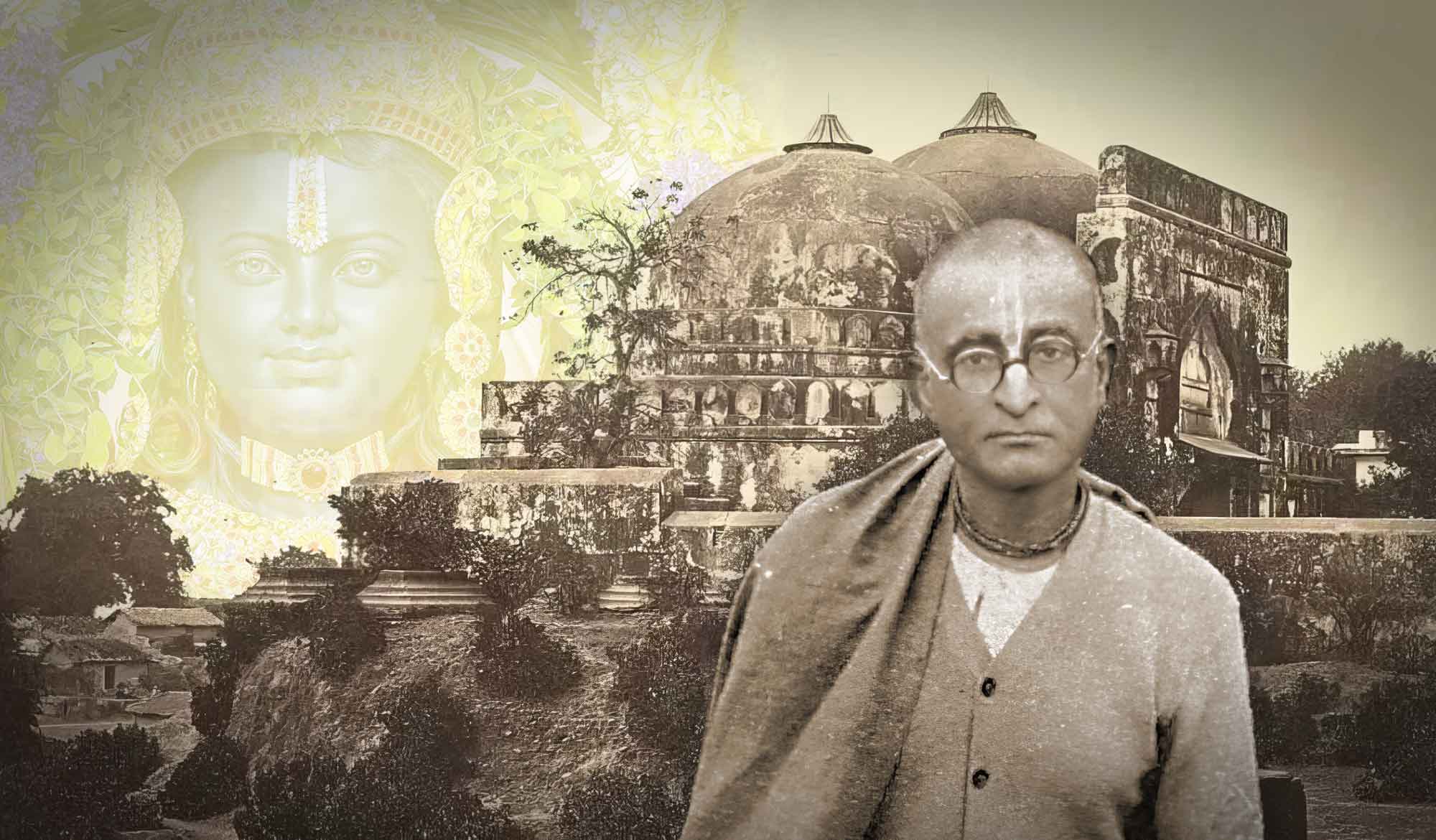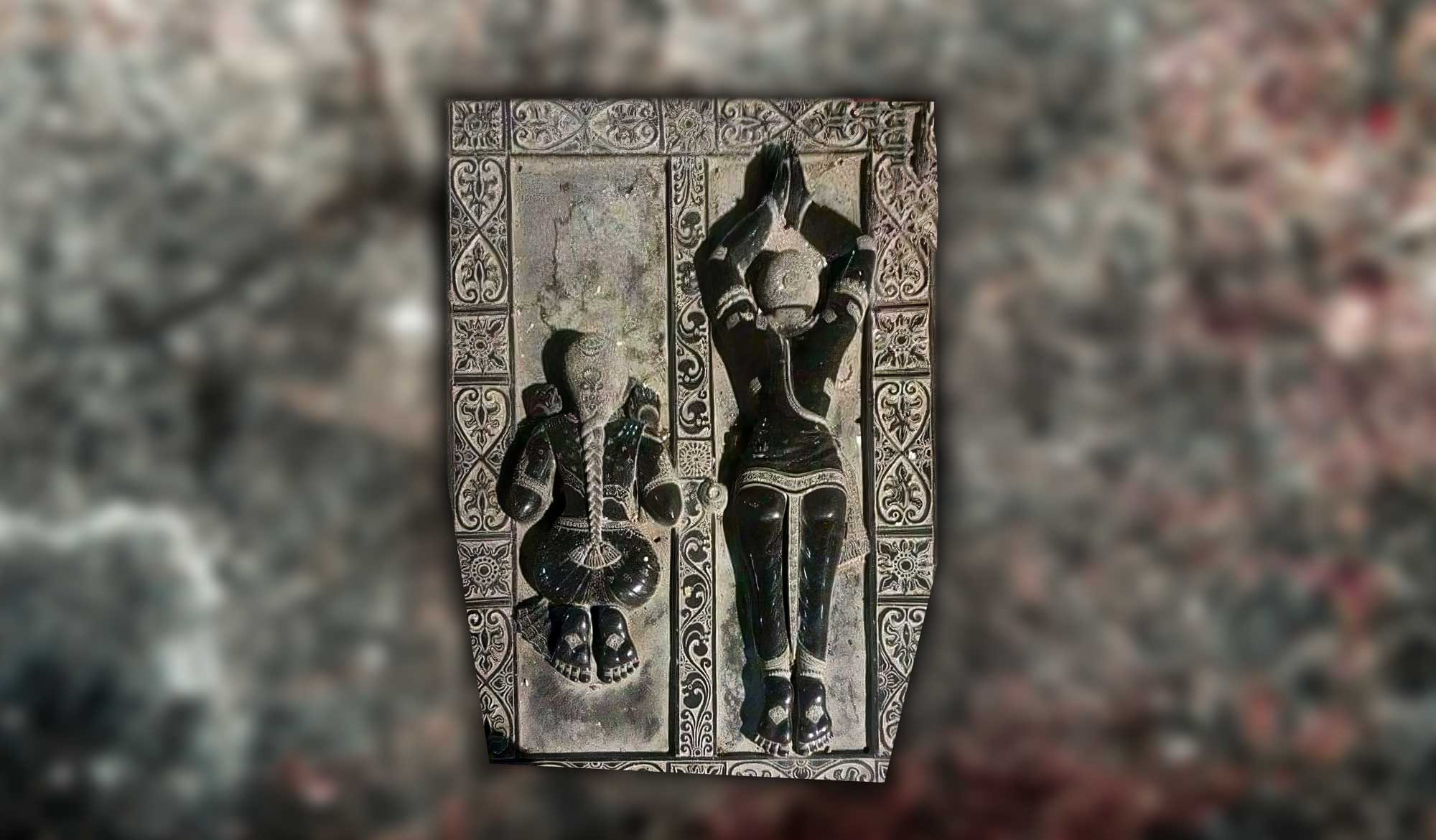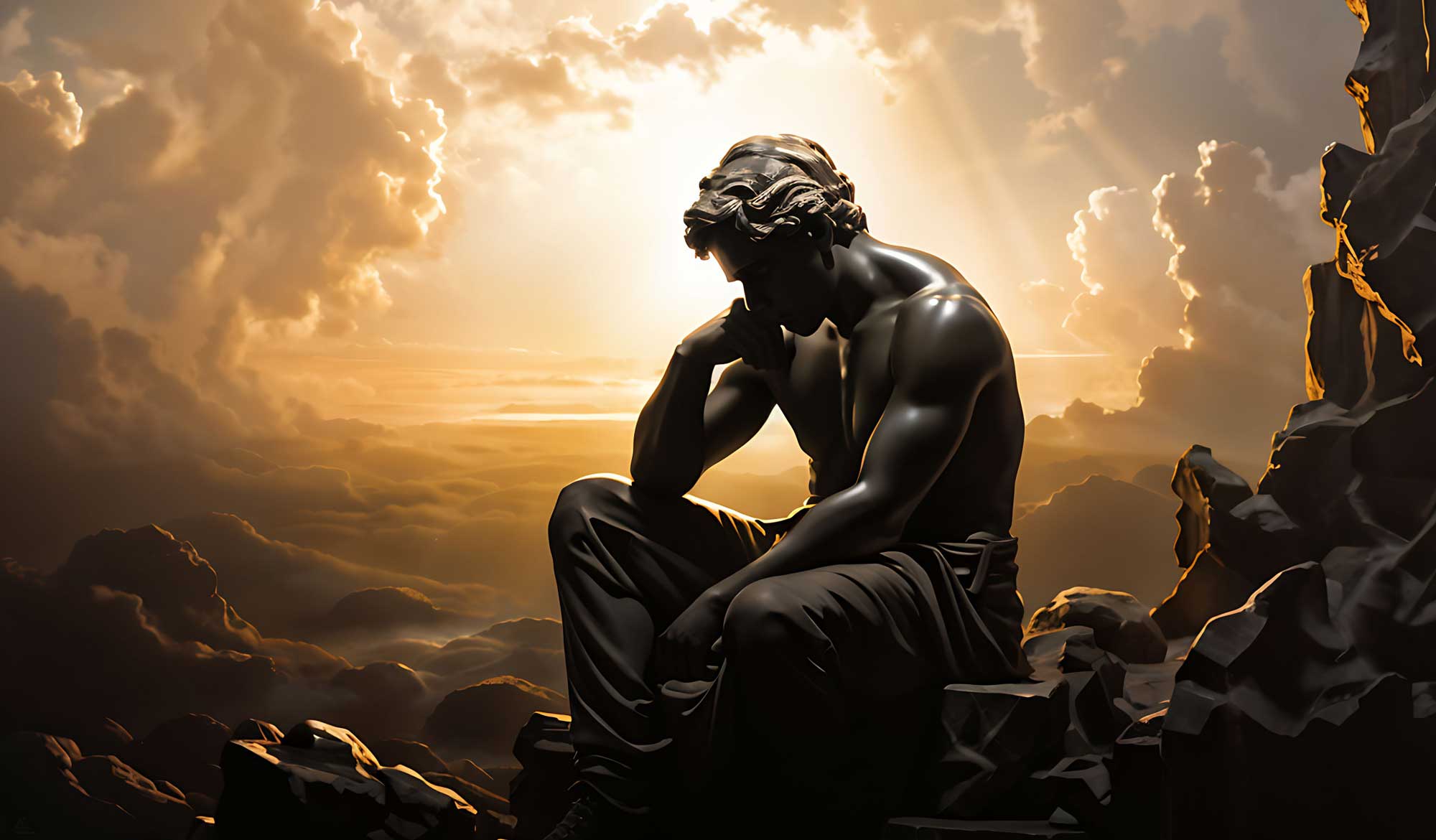Overview
Mahāprabhu as Rasarāja-Mahābhāva” was written by Swami B.G. Narasingha in 1992. This article explores the meaning of the title ‘Mahāprabhu’ and shows how it can only be applied to Śri Caitanya. Upon reading this article one godbrother asked Narasingha Mahārāja, “How do you think of these things?” to which Narasingha Mahārāja replied, “How do you not?”
The general meaning of Mahāprabhu is given as ‘Great Master.’ No doubt Śrī Kṛṣṇa Caitanya Mahāprabhu is the ‘Great Master.’ Mahā means great and prabhu means ‘Lord’ or ‘Master’.
Unfortunately, it is sometimes the tendency of the conditioned souls in material existence to bestow the title ‘Mahāprabhu’ on a particular spiritual master. This is the case of Śrī Vallabhācārya.
Vallabhācārya was closely associated with Śrī Caitanya and by the grace of the Lord he became a disciple of Gadādhara Paṇḍita. Later on, after the death of their father, the sons of Vallabhācārya could not tolerate that their father had become a humble follower of Śrī Caitanya. Being envious of the fame and glory of the Lord, they decided to attribute the pastimes of Śrī Caitanya to Vallabhācārya. They successfully propagated their cult in a remote area of Southern Rajasthan where the pious souls had not yet heard of Śrī Kṛṣṇa Caitanya Mahāprabhu. At that time, the sons of Vallabhācārya popularized their father as ‘Mahāprabhu,’ the ‘Great Master’ among the uninformed.
It has long since been a sensitive issue between the Gauḍīya sampradāya and the Vallabha sampradāya. Should Śrī Caitanya alone be called ‘Mahāprabhu’ or is it a generic term befitting any and all ‘Great Masters’?
On the basis of the identity if Śrī Kṛṣṇa Caitanya given in the śāstra and sung by the ācāryas (mahāprabhu śrī caitanya, rādhā-kṛṣṇa nahe anya) it is Śrī Caitanya alone who is properly known as ‘Mahāprabhu.’ It is our humble opinion that not even viṣṇu-avatāras or even Svayam-Bhagavān Śrī Kṛṣṇa of Goloka can be known as ‘Mahāprabhu’.
It is the words of Śrīla Kṛṣṇa Dāsa Kavirāja Gosvāmī as echoed by Śrīla Bhaktisiddhānta Sarasvatī Ṭhākura, mahāprabhu śrī caitanya, rādhā-kṛṣṇa nahe anya that gives us the hidden meaning of ‘Mahāprabhu.’
Rādhā and Kṛṣṇa have appeared as one in the transcendental eternal form of Śrī Caitanya. Here ‘mahā’ means Rādhārāṇī who is also known as Mahā-bhāva, and ‘prabhu’ means Rasarāja, or Kṛṣṇa. Mahāprabhu means Rasarāja-Mahābhāva. Rasarāja, the Supreme Enjoyer of rasa, the emporium of rasa, Śrī Kṛṣṇa. And Śrīmatī Rādhārāṇī, Mahābhāva – the essence of hlādinī-śakti have appeared as one ‘Mahā-Prabhu’ as Śrī Kṛṣṇa Caitanya.
It is not possible for a jīva soul belonging to the marginal potency of Godhead at any time to attain to the position of the Supreme Lord, nor is it possible for the marginal potency to ever attain the ecstatic platform of mahā-bhāva. This alone is the position of Śrīmatī Rādhārāṇī.
Thus, Śrī Kṛṣṇacandra has accepted the color and mood (mahā-bhāva) of Śrīmatī Rādhārāṇī and appeared as Śrī Kṛṣṇa Caitanya to taste the sweet mellow of Her confidential service. Therefore, Śrī Kṛṣṇa Caitanya is alone ‘Mahāprabhu’ and there can be no other.
Related Articles
- 📚 Prema Dhāma Deva Stotram Series Index
- Śrī Sarasvatī Saṅlāpa (A Discourse by Sarasvatī Ṭhākura) by Śrīla Bhaktisiddhānta Sarasvatī Ṭhākura
- Śrī Gaura ki Vastu? (Who is Sri Gaura?) by Śrīla Bhaktisiddhānta Sarasvatī Ṭhākura
- The ‘Vṛndāvana Express’ and the ‘Navadvīpa Special’ by Śrīla Bhakti Rakṣaka Śrīdhara Mahārāja
- Our Prospect is Through Gaura-Līlā by Śrīla Bhakti Rakṣaka Śrīdhara Mahārāja
- Paṇḍita Śrī Gadādhara Gosvāmī by Śrīla Bhakti Rakṣaka Śrīdhara Mahārāja
- The Magnanimous Nature of Nityānanda Prabhu by Śrīla Bhakti Rakṣaka Śrīdhara Mahārāja
- Makara Saṅkrānti by Śrīla Bhakti Rakṣaka Śrīdhara Mahārāja
- Mahāprabhu as Rasarāja-Mahābhāva by Śrīla Bhakti Gaurava Narasiṅgha Mahārāja
- Mahāprabhu as Prabhupāda by Śrīla Bhakti Gaurava Narasiṅgha Mahārāja
- The Five Precepts of Śrī Caitanya Mahāprabhu
- Everything is by Mahāprabhu’s Grace by Śrīla Bhakti Gaurava Narasiṅgha Mahārāja
- Mahāprabhu’s Mudrā by Śrīla Bhakti Gaurava Narasiṅgha Mahārāja
- The Worship of Gaura-Gadādhara by Śrīla Bhakti Gaurava Narasiṅgha Mahārāja
- This Saṅkīrtana Movement Is the Līlā of Mahāprabhu by Śrīla Bhakti Gaurava Narasiṅgha Mahārāja
- Nityānanda Avadhūta by Śrīla Bhakti Gaurava Narasiṅgha Mahārāja
Further Reading
- 📖 Śrīman Mahāprabhura Śikṣā by Śrīla Bhaktivinoda Ṭhākura (Book)
- 📖 Śrī Navadvīpa-dhāma Māhātmya by Śrīla Bhaktivinoda Ṭhākura (Book)
- 📖 Gaurāṅga-līlā-smaraṇa-maṅgala Stotram by Śrīla Bhaktivinoda Ṭhākura (Book)
- 📖 Śrī Navadvīpa Bhāva Taraṅga by Śrīla Bhaktivinoda Ṭhākura (Book)
- 📖 Chaitanya Mahaprabhu His Life and Precepts by Śrīla Bhaktivinoda Ṭhākura (Book)
- 📖 Śrī Caitanya Upaniṣad by Śrīla Bhaktivinoda Ṭhākura (Book)
- 📖 The Essence of the Ten Foundational Principles (Daśa Mūla Niryāsa) by Śrīla Bhaktivinoda Ṭhākura (Book)
- The Non-Difference Between Śrī Gaura and Kṛṣna by Śrīla Bhaktivinoda Ṭhākura
- Prema-Bhakti and Śrī Gaurāṅgadeva by Śrīla Bhaktivinoda Ṭhākura
- The Sunrise of Eternal Dharma by Śrīla Bhaktivinoda Ṭhākura
- A dispute about Śrī Śrī Mahāprabhu by Śrīla Bhaktivinoda Ṭhākura
- A New Gaurāṅga by Śrīla Bhaktivinoda Ṭhākura
Prema Dhāma Deva Stotram with the Narasiṅgha Sevaka Commentary – Verses 61-65
In verses 61 to 65 of 'Prema Dhāma Deva Stotram', Śrīla Śrīdhara Mahārāja narrates the pastime of Śrī Caitanya at Caṭaka Parvata In Purī and explains how the scriptures produced by Brahmā and Śiva are ultimately searching for the personality of Mahāprabhu who is merciful too all jīvas, no matter what their social position.
Prabhupāda Śrīla Sarasvatī Ṭhākura’s Visit to Ayodhyā
With the forthcoming observance of Śrī Rāma Navamī, we present 'Prabhupāda Śrīla Sarasvatī Ṭhākura’s Visit to Ayodhyā' written by Śrīla Bhaktisiddhānta Sarasvatī Ṭhākura Prabhupāda from The Gaudīyā magazine, Vol 3. Issue 21/ In December 1924, after visiting Benares and Prāyāga, Sarasvatī Ṭhākura visited the birth-site of Śrī Rāmācandra in Ayodhyā.
Śaraṇāgati – The Only Path to Auspiciousness
In this article, 'Śaraṇāgati - The Only Path to Auspiciousness', Dhīra Lalitā Dāsī analyses the process of śaraṇāgati (surrender) beginning with śraddhā (faith). She also discusses the role of śāstra and the Vaiṣṇava in connection with surrender.
Ātma Samīkṣā – The Value of Introspection
In this article, "Ātma Samīkṣā – The Value of Introspection" Kalki Dāsa highlights the importance of introspection in the life of a devotee and especially in relation to the worldly environment that surrounds us. He also explains how transcendental sound influences our capacity to introspect.
Prema Dhāma Deva Stotram with the Narasiṅgha Sevaka Commentary – Verses 61-65
In verses 61 to 65 of 'Prema Dhāma Deva Stotram', Śrīla Śrīdhara Mahārāja narrates the pastime of Śrī Caitanya at Caṭaka Parvata In Purī and explains how the scriptures produced by Brahmā and Śiva are ultimately searching for the personality of Mahāprabhu who is merciful too all jīvas, no matter what their social position.
Prabhupāda Śrīla Sarasvatī Ṭhākura’s Visit to Ayodhyā
With the forthcoming observance of Śrī Rāma Navamī, we present 'Prabhupāda Śrīla Sarasvatī Ṭhākura’s Visit to Ayodhyā' written by Śrīla Bhaktisiddhānta Sarasvatī Ṭhākura Prabhupāda from The Gaudīyā magazine, Vol 3. Issue 21/ In December 1924, after visiting Benares and Prāyāga, Sarasvatī Ṭhākura visited the birth-site of Śrī Rāmācandra in Ayodhyā.
Śaraṇāgati – The Only Path to Auspiciousness
In this article, 'Śaraṇāgati - The Only Path to Auspiciousness', Dhīra Lalitā Dāsī analyses the process of śaraṇāgati (surrender) beginning with śraddhā (faith). She also discusses the role of śāstra and the Vaiṣṇava in connection with surrender.
Ātma Samīkṣā – The Value of Introspection
In this article, "Ātma Samīkṣā – The Value of Introspection" Kalki Dāsa highlights the importance of introspection in the life of a devotee and especially in relation to the worldly environment that surrounds us. He also explains how transcendental sound influences our capacity to introspect.



